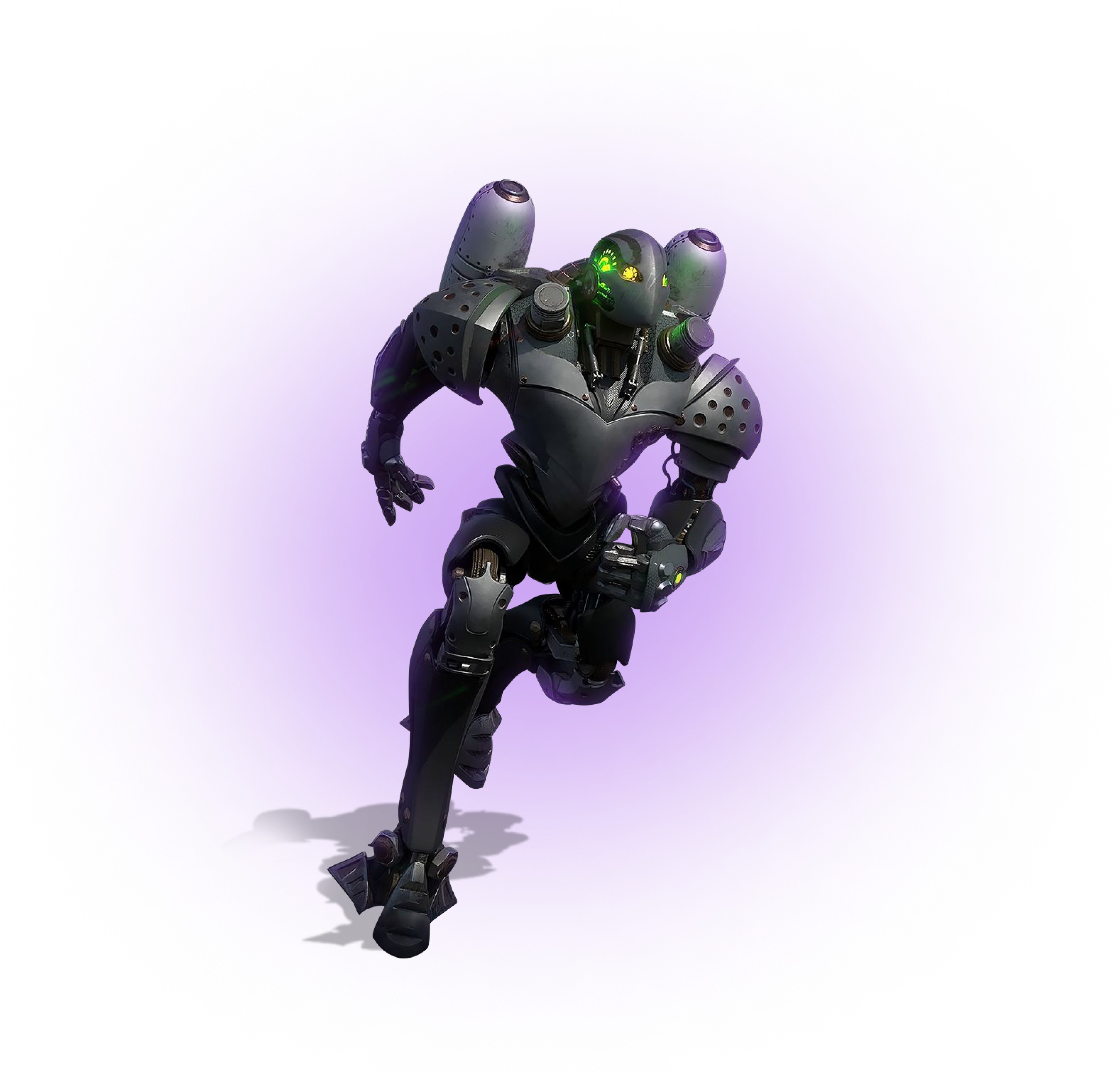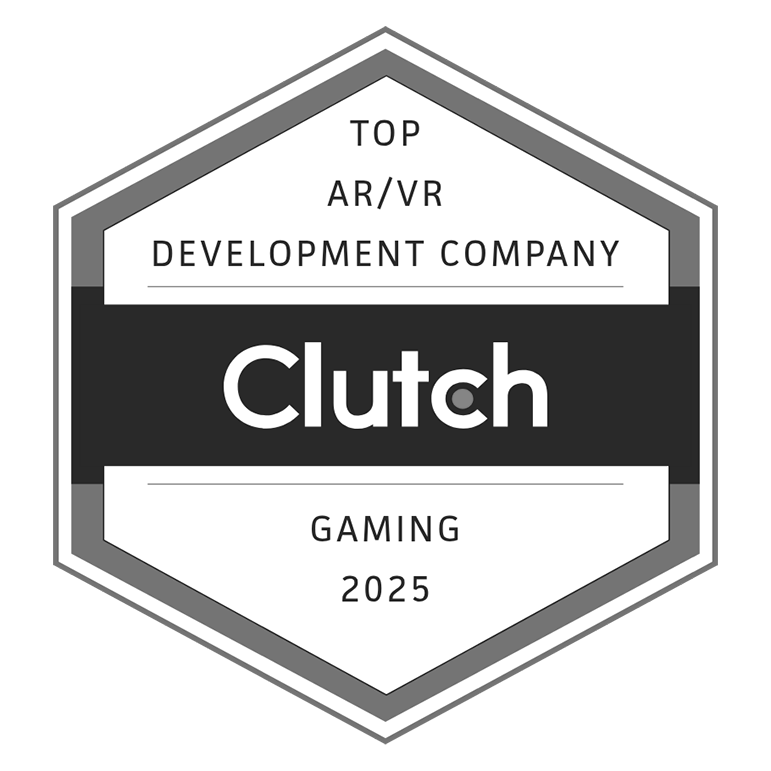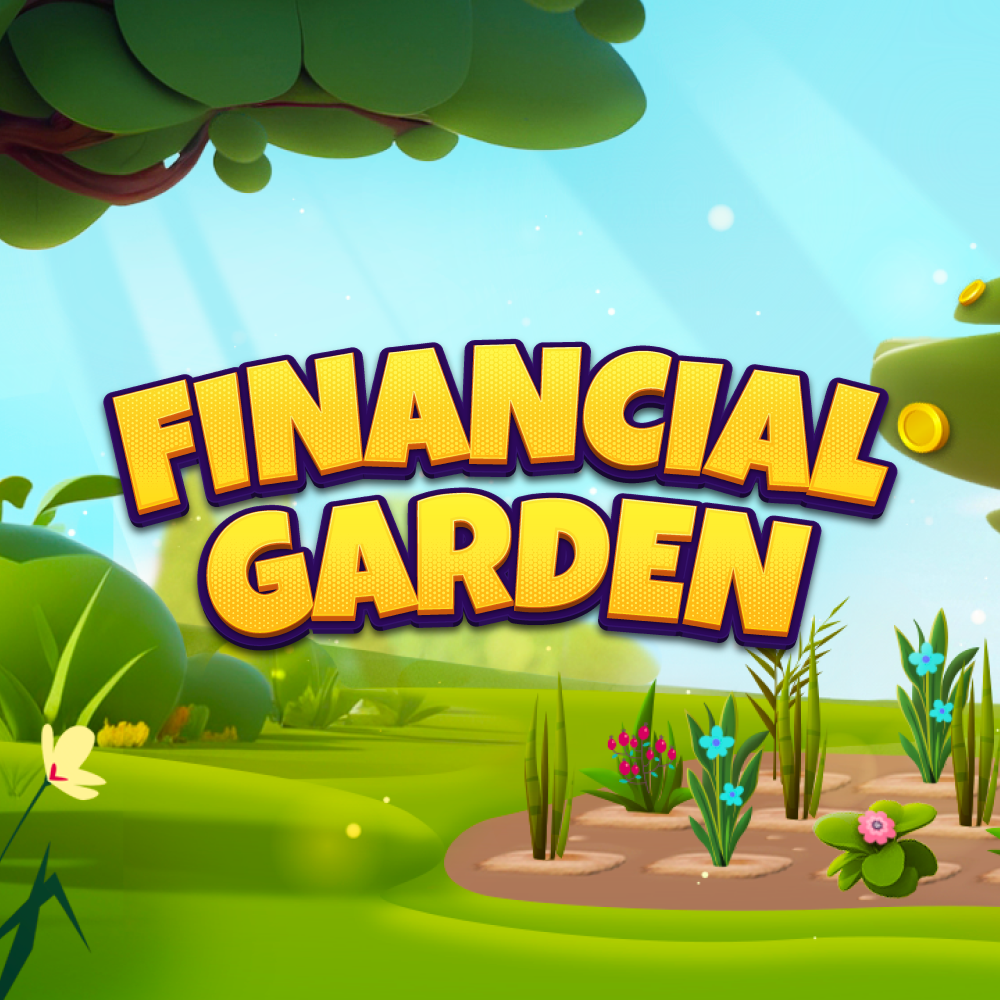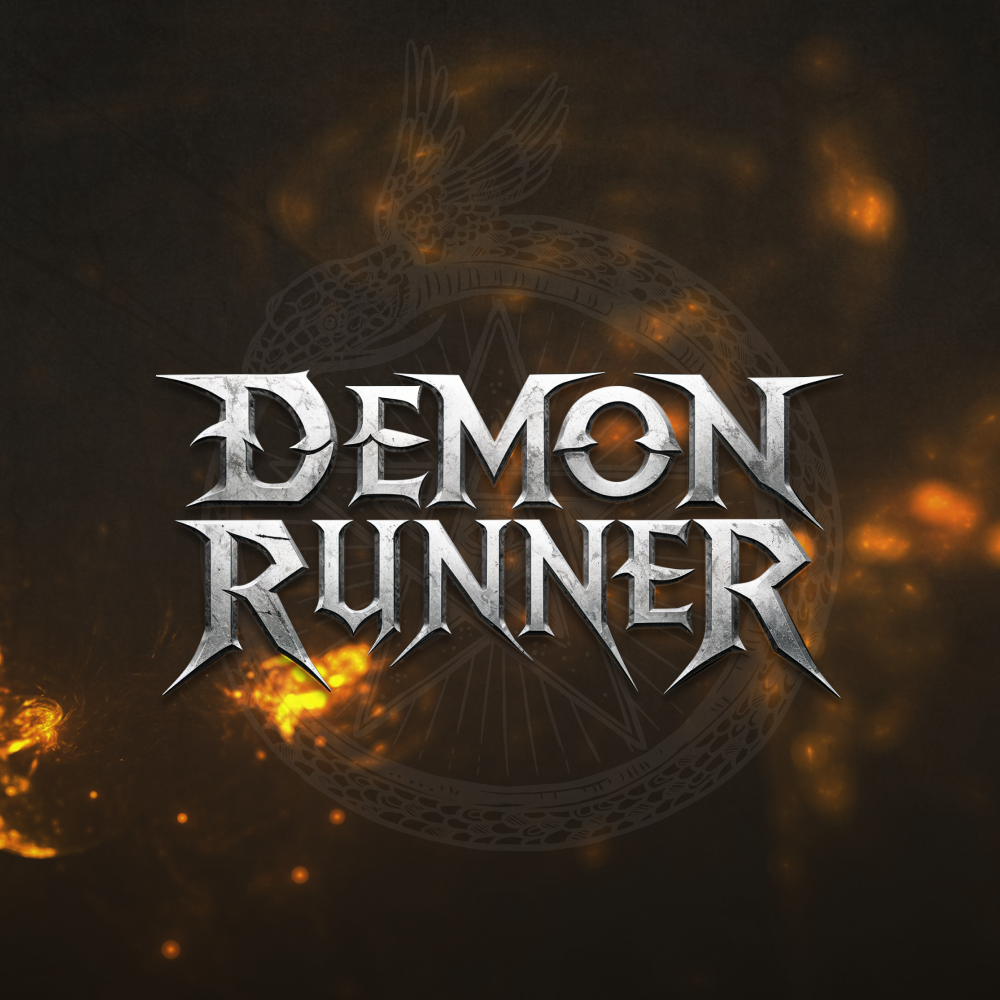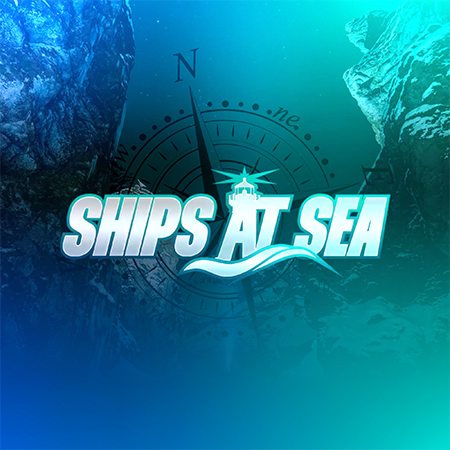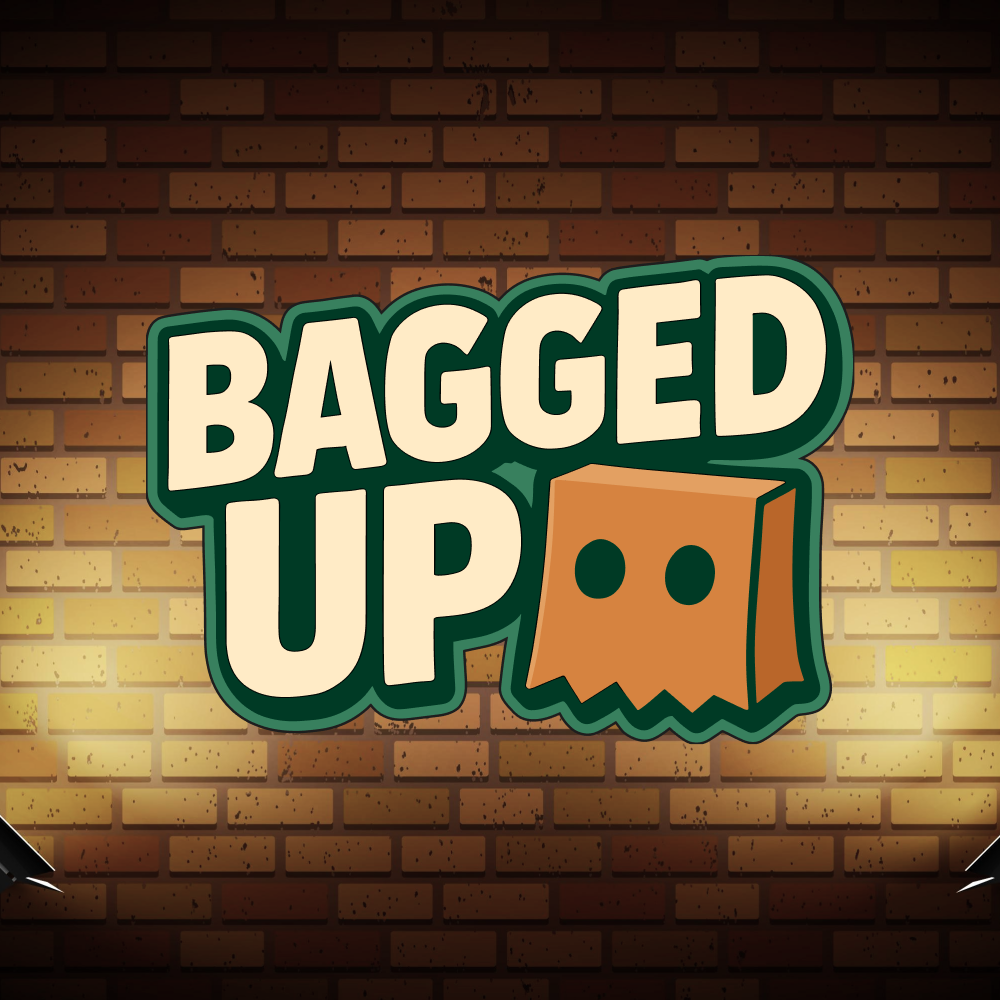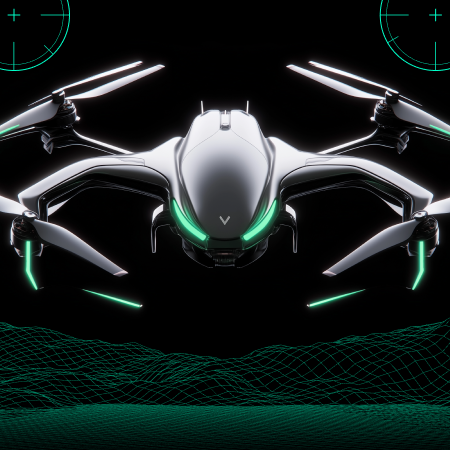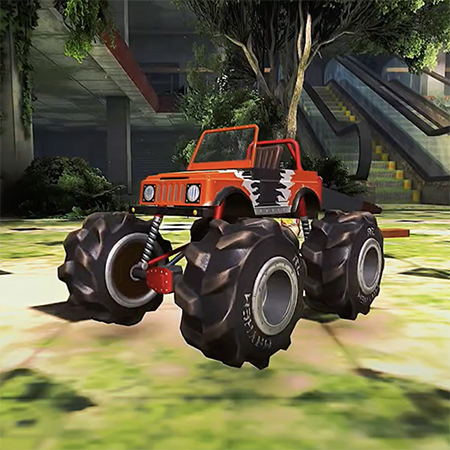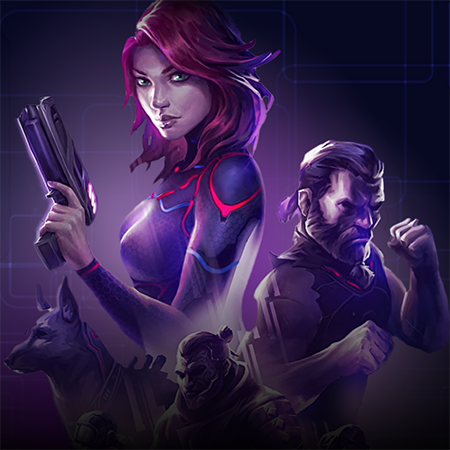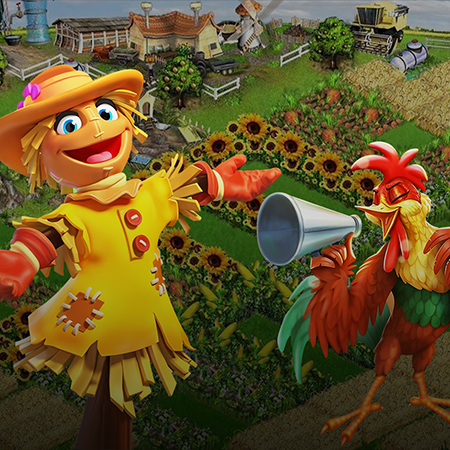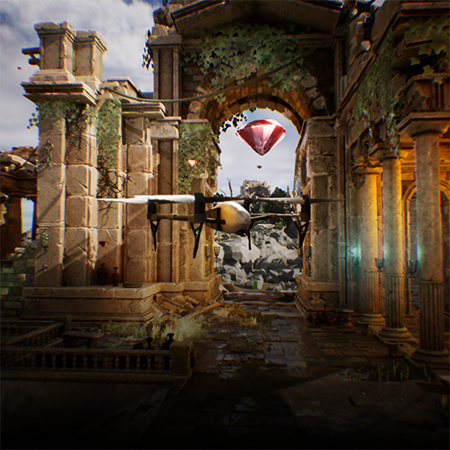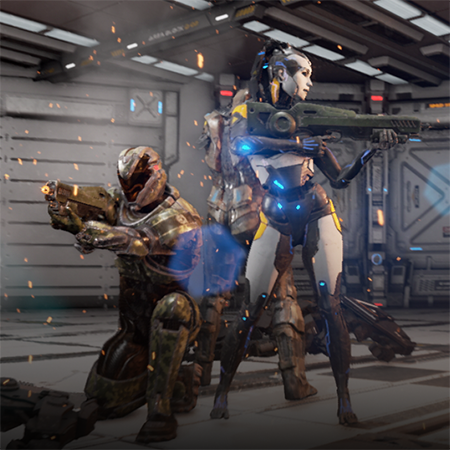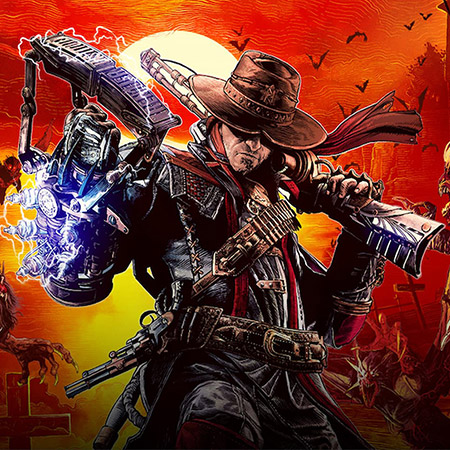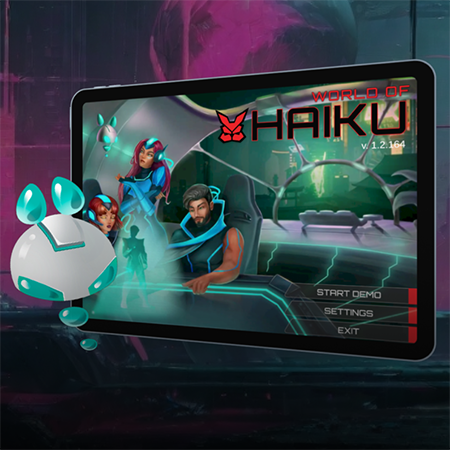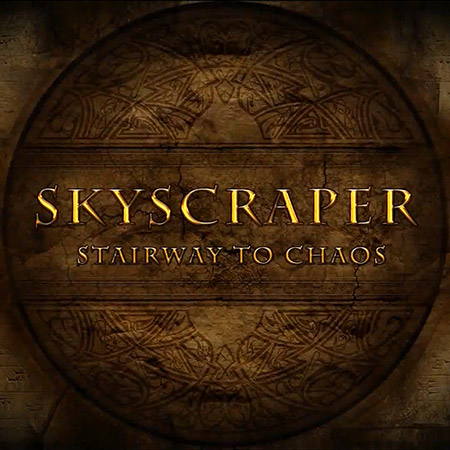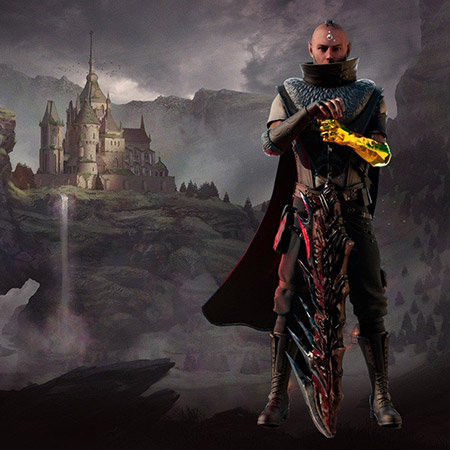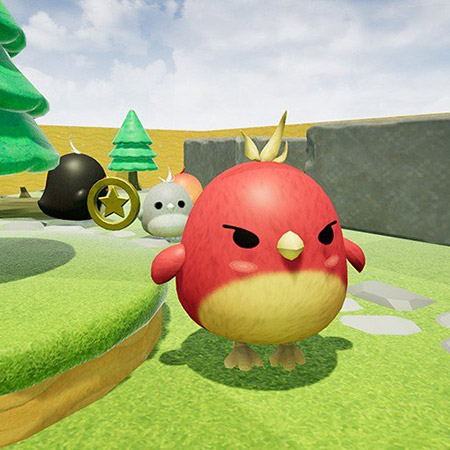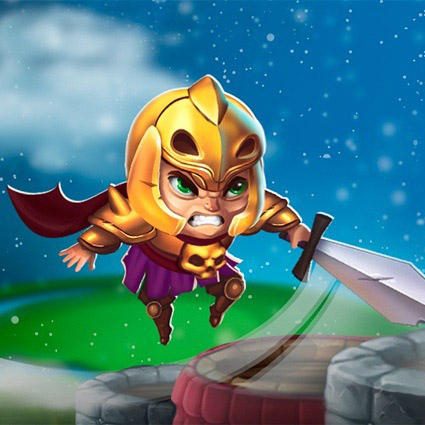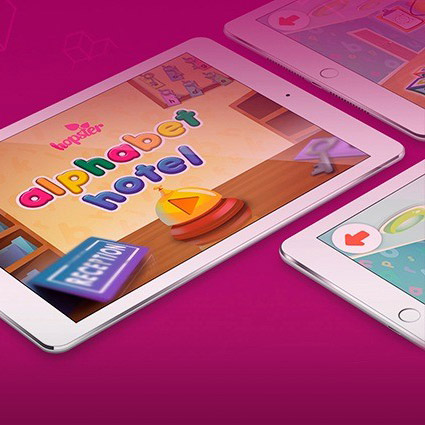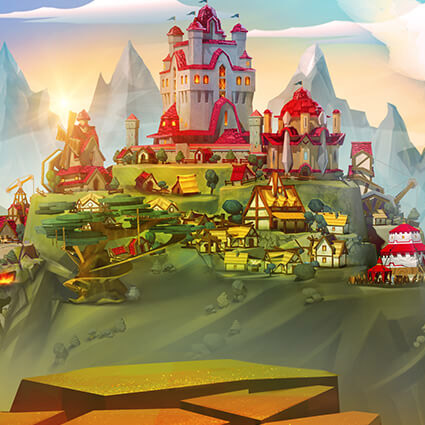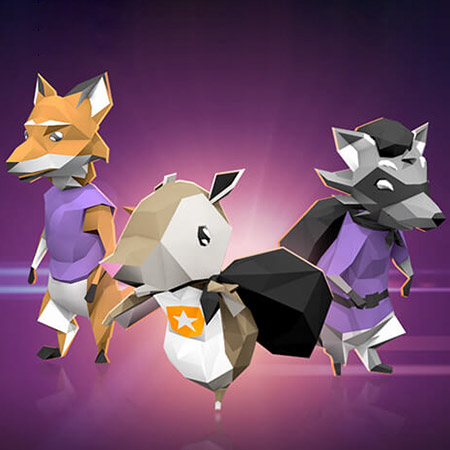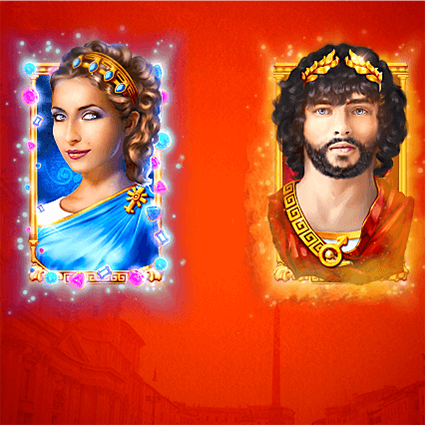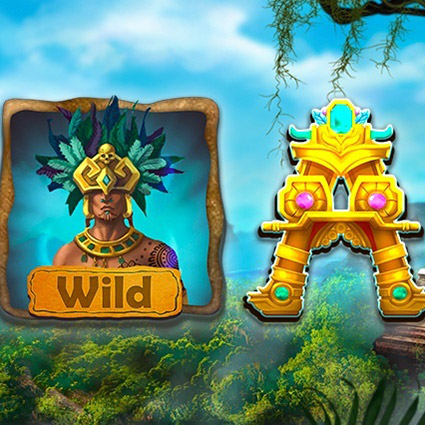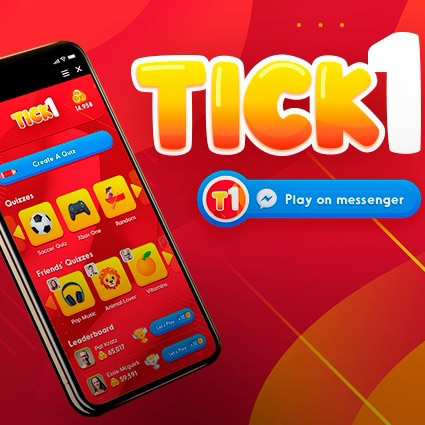Creating a battle royale game demands a clear, well-defined approach to game mechanics, design, and player engagement. In an industry crowded with high-quality titles, each decision, from selecting the game engine to refining gameplay elements, plays a critical role in building a game that captures attention and keeps players invested.
A full-cycle game development approach is essential to address every stage, from conceptualization and design to testing and post-launch support. This guide explores each key aspect, offering a practical roadmap for developers aiming to create a distinctive battle royale experience. Unreal Engine and Unity present unique strengths for this genre, and choosing the right one can significantly affect both game quality and player satisfaction.
Whether setting up intricate level designs, optimizing graphics, or implementing monetization strategies, each element contributes to a cohesive, successful battle royale game. The following sections break down the development process to provide a comprehensive understanding of what’s involved, offering specific insights to help a game stand out in today’s competitive market. Now get ready for your guide on how to create a battle royale game!
The Battle Royale Game Concept Explained
In the world of video game genres, battle royale stands out with its elimination-based gameplay and intense competition, capturing the interest of millions worldwide. Unlike traditional multiplayer formats, battle royale games bring together dozens of players who compete to survive in progressively shrinking combat zones.
These games focus on high-stakes action, strategic resource gathering, and quick adaptability to changing game conditions. Successful titles such as PUBG, Fortnite, and Apex Legends have set standards with unique mechanics and polished design elements. Understanding these foundations allows developers to craft memorable player experiences and build strong engagement in this genre.
Origins and Evolution of Battle Royale Games
The battle royale genre began as a modding experiment, gaining momentum through mods for games like Arma 2 and Minecraft. Inspired by the survival elements popularized in Japanese cinema, developers experimented with elimination-style gameplay, focusing on resource management and last-player-standing mechanics.
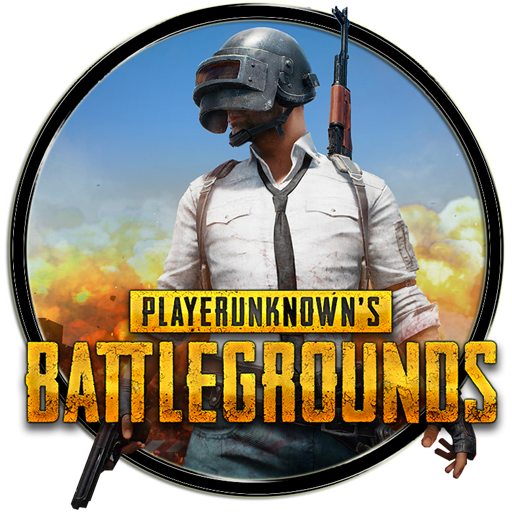
PlayerUnknown’s Battlegrounds (PUBG) marked a turning point, moving the concept from mods to a fully realized, standalone game. Its unexpected success demonstrated the potential of the genre, prompting major studios to explore their versions.
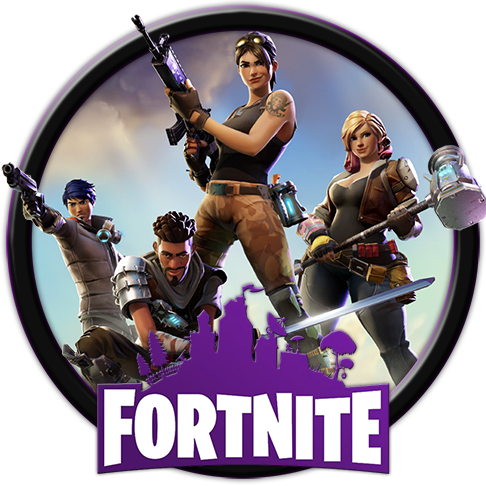
Since then, Fortnite introduced construction mechanics, and Call of Duty: Warzone refined gunplay and added contracts for in-game rewards, expanding the genre’s appeal and pushing game environment design forward. Each iteration added new layers and keeping players engaged.
Defining Mechanics of the Battle Royale Genre
Fundamental mechanics in battle royale games revolve around survival, map design, and balanced combat systems. Players begin with minimal resources, prompting them to scavenge for weapons, ammunition, and equipment as they explore the map. An essential part of the gameplay involves the map’s shrinking safe zone, which forces players into closer proximity, ensuring confrontations as the game progresses.
Effective 3D character modeling plays a critical role here, as realistic animations and visual feedback impact player immersion. Additionally, customization options, from weapon skins to character outfits, enhance engagement by letting players personalize their in-game identity. These mechanics not only build tension and excitement but also encourage strategic gameplay, helping battle royale games stand out in an evolving market.
Leading Games and Market Insights in Battle Royale
Battle royale games like Fortnite, PUBG, and Apex Legends have not only defined the genre but have also become models for gameplay innovations and monetization. Each of these games offers distinct features that contribute to its success:
- Fortnite’s building mechanics. Adding creativity to combat, Fortnite enables players to construct defensive structures and navigate environments in innovative ways. Its vibrant, frequently updated maps and crossover events keep gameplay fresh, drawing a wide range of players into its colorful universe.
- PUBG’s realism. Known for realistic weapon handling and tactical environment use, PUBG prioritizes grounded combat and immersive survival elements. The game’s expansive maps and realistic ballistics encourage strategic planning and precision, appealing to players seeking an authentic combat experience.
- Apex Legends’ character abilities. Character-specific abilities introduce layered strategies and diverse play styles, making teamwork and role selection essential to success. Its emphasis on fast movement and unique character skills creates a dynamic, team-focused experience that sets Apex Legends apart in the battle royale genre.
These games continue to dominate the market, not only because of their engaging gameplay but also due to successful monetization strategies. By studying these titles, developers can gain insights into balancing unique mechanics with monetization models that players respond to positively.
Core Design Elements of a Battle Royale Game
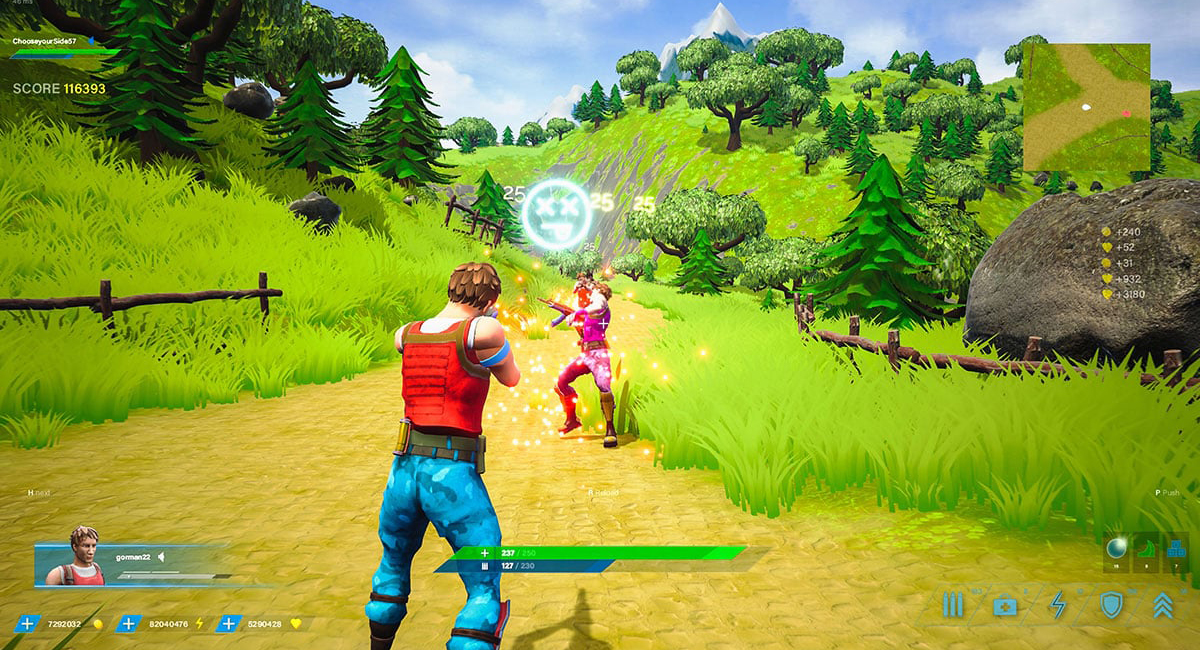
Core design elements are the backbone of a successful battle royale game, influencing gameplay appeal and player retention. These key components shape the player’s experience and add layers of engagement:
- Map design. A well-crafted map offers both open fields and confined spaces, allowing for varied combat tactics and strategic positioning across different environments.
- Game mechanics. Mechanics like shrinking safe zones, resource collection, and tactical movement add intensity, encouraging players to adapt and survive.
- Visuals and audio. High-quality graphics and immersive sound effects enhance the experience, helping players feel fully connected to the game environment.
Balanced and thoughtfully designed core elements are essential for building a battle royale game that players will return to. Each component contributes to a cohesive experience, creating a game that remains competitive in the genre and keeps players engaged.
Mechanics and Player Experience Essentials
Mechanics are at the heart of the battle royale experience, creating opportunities for exploration, competition, and player-driven strategies. Key mechanics include:
- Map scale and layout. A well-designed map provides diverse combat scenarios by blending open fields, narrow corridors, and strategic vantage points for players to exploit.
- Item placement. Weapons, equipment, and ammunition should be distributed strategically across the map, ensuring balanced competition and encouraging players to explore.
- Dynamic safe zones. Shrinking safe zones increases the intensity by pushing players into more frequent encounters as the game progresses, maintaining a high level of suspense.
Developers looking to create a successful battle royale game can start with a demo that showcases the game’s core elements. Here’s how to make a game demo that effectively presents these mechanics:
- Establish primary gameplay elements. Implement foundational mechanics to highlight the game’s unique features and set it apart from others.
- Create a small, focused map for demo purposes. This approach gives players a taste of the intended gameplay without overwhelming them with a full-scale map.
- Collect and analyze player feedback. Testing the demo with a target audience provides valuable insights, helping to refine game mechanics and address potential issues before full release.
By integrating these mechanics and refining them through player feedback, developers can build a polished and compelling battle royale game that appeals to a broad audience.
Approaches to Level Design and Environment Setup
Level design and environment setup are crucial in crafting immersive and engaging battle royale maps that encourage exploration, tactical gameplay, and replayability. Successful battle royale maps incorporate varied landscapes and environmental features that support different playstyles and strategies:
- Diverse terrain features. A mix of open fields, dense forests, urban areas, and high vantage points allows players to employ various strategies, from stealth and ambushes to long-range combat.
- Strategic item placement. Resources like weapons, armor, and health packs should be distributed to create high-activity zones without overwhelming players, promoting balanced competition across the map.
- Dynamic environmental elements. Moving elements, such as vehicles or destructible structures, add complexity, allowing players to adapt tactics based on the environment.
Developing an engaging environment involves balancing realism with gameplay needs, ensuring each area of the map serves a purpose and offers unique challenges. A well-designed level keeps players interested by providing different scenarios that can shift based on player choices, boosting replayability and satisfaction.
Engaging and Retaining Players Over Time
Player retention is critical to the long-term success of a battle royale game, requiring developers to continually provide fresh content, rewards, and a balanced experience. Effective strategies for player engagement include:
- Regular content updates. New maps, weapons, and game modes keep the experience exciting and give players reasons to return regularly.
- Progressive reward systems. Offering battle passes, daily challenges, and tiered rewards gives players goals to achieve and encourages them to spend more time in the game.
- Community events and collaboration. Special events, partnerships, and limited-time challenges foster a sense of community and give players opportunities to interact with popular franchises or influencers.
Creating a game that keeps players engaged involves more than just initial gameplay mechanics; it requires ongoing updates and community involvement. These strategies help transform a game from a one-time experience into an ongoing platform that players can enjoy long term.
Intro into How to Make a Battle Royale Game in Unreal Engine
Unreal Engine offers a powerful set of tools that make it a top choice for developers interested in creating a high-quality battle royale game. Known for its advanced graphics capabilities and versatile features, Unreal Engine can handle the complex demands of large multiplayer maps and high-detail environments. By utilizing Unreal’s Blueprints system, developers can implement game mechanics and interactive elements without extensive coding, speeding up the development process.
To begin, developers should familiarize themselves with character rigging for video games, as it plays a critical role in creating responsive and immersive character movements. Unreal’s tools also support efficient map scaling, dynamic lighting, and environmental effects, all essential for building a captivating battle royale experience. With these capabilities, Unreal Engine provides a comprehensive framework that allows developers to build, refine, and expand their battle royale game.
Setting Up a Battle Royale World in Unreal
In order to create a battle royale game in Unreal Engine, you’ll start with planning the map layout, player spawn locations, and resource distribution to promote a balanced and engaging experience. Unreal’s Blueprints system offers a streamlined way to implement core mechanics, enabling developers to set up foundational aspects without extensive coding.
Defining the playable area with natural boundaries like mountains or water helps create an immersive map that subtly keeps players within bounds while preserving freedom of movement. Strategic placement of spawn points across the map prevents overcrowding, while resources are positioned in high-risk areas to encourage exploration and fair competition among players.
Setting up dynamic elements, including the shrinking safe zone and environmental changes as the match progresses, adds tension and requires players to adapt their strategies on the go.
An effective setup in Unreal Engine provides not only an enjoyable experience but also scalability for adding new maps, modes, or events as the game expands. With these elements in place, the battle royale world is ready for further refinement and player engagement.
Terrain Creation and Map Detailing
Creating terrain and refining map details are essential to building an immersive and strategic environment for a battle royale game. Unreal Engine’s Landscape tool offers powerful options for crafting realistic topographies, allowing developers to incorporate hills, valleys, and open areas that encourage various tactical approaches across the map. Thoughtful terrain variation enhances the gameplay experience, allowing players to experiment with movement and positioning based on the landscape.
Vegetation and environmental assets like trees, rocks, and buildings add visual interest and serve as tactical cover, creating strategic points across the map. Weather and lighting effects further enrich the environment; day-night cycles, fog, and rain simulated by Unreal’s dynamic lighting options add atmosphere and increase immersion.
Well-designed terrain paired with careful detailing allows players to interact with the environment meaningfully, making each match feel unique and providing ample opportunities for creative strategies.
Integrating Core Gameplay Mechanics in Unreal
Integrating core gameplay mechanics in Unreal Engine is crucial to delivering a smooth, competitive battle royale experience. Unreal’s Blueprint system supports efficient setting up of health, inventory, and combat mechanics, allowing developers to focus on fine-tuning interactions. A balanced health and damage system is fundamental, ensuring fair competition by giving players mechanisms for healing and armor boosts that affect their survival prospects.
Efficient inventory management allows players to seamlessly collect, store, and switch items, enhancing the gameplay flow and keeping them focused on strategic decision-making. Safe zones and progression mechanics that increase difficulty as the match unfolds maintain a sense of urgency and excitement.
That’s how players experience intuitive controls and balanced gameplay, laying the groundwork for a compelling battle royale game that can continue evolving through future updates and enhancements.
Starting with How to Make a Battle Royale Game in Unity
Unity is a strong choice for creating a battle royale game due to its flexibility and extensive support for cross-platform development. Its tools and resources make it suitable for both experienced studios and teams new to large-scale game projects.
Unity’s Asset Store offers a variety of ready-to-use assets and templates, allowing you to reduce development time and focus on refining unique gameplay elements. Optimizing for multiple platforms, including mobile devices, is straightforward in Unity, which can help you reach broader audiences.
Looking at the success of popular Android games developed in Unity provides clear insights into what players enjoy and expect. The engine’s multiplayer capabilities, combined with options for detailed customization, offer the foundation for an engaging and scalable battle royale experience that performs consistently across devices.
Starting a Game Project in Unity
Unity is a strong choice for creating a battle royale game due to its flexibility and extensive support for cross-platform development. Its tools and resources make it suitable for both experienced studios and teams new to large-scale game projects.
Unity’s Asset Store offers a variety of ready-to-use assets and templates, allowing you to reduce development time and focus on refining unique gameplay elements. Optimizing for multiple platforms, including mobile devices, is straightforward in Unity, which can help you reach broader audiences.
Examining the best Android games with Unity reveals how the engine can support high-quality graphics, immersive environments, and responsive controls across mobile devices. Unity’s multiplayer capabilities, combined with options for detailed customization, provide the foundation for an engaging and scalable battle royale experience that performs consistently across devices.
Designing Environments and Terrain in Unity
Designing varied environments and crafting detailed terrain in Unity is essential for a memorable battle royale experience. Unity’s Terrain tools allow you to create dynamic landscapes that support different player strategies, including hills, valleys, and open areas. Adding custom vegetation, rocks, and architectural elements enhances realism, giving players plenty of strategic points and cover across the map.
When optimizing for Android or other mobile platforms, Unity provides robust settings to maintain visual quality without sacrificing performance. Dynamic lighting and shading effects can simulate day-night cycles, weather variations, or other atmospheric details, adding depth to the game environment. Thoughtful terrain and environment design ensure players remain engaged as they encounter new challenges, making each match feel fresh and unpredictable.
Coding Gameplay Elements for Unity
Coding gameplay elements in Unity involves creating interactive mechanics that keep players engaged and invested in each match. Unity’s scripting capabilities allow for the customization of essential features, such as movement controls, shooting mechanics, and inventory management, which are crucial for an engaging battle royale experience.
To achieve a smooth and responsive gameplay flow, Unity’s C# scripting environment allows developers to code unique actions and interactions, ensuring that players can seamlessly perform complex maneuvers like running, jumping, and aiming.
For those aiming to make a cross-platform game, Unity’s tools simplify the process by allowing for a single codebase that can be adapted across different devices.
Unity’s robust support for Android, iOS, PC, and console platforms means you can maintain consistent gameplay quality, regardless of the device. Testing and optimizing gameplay elements for multiple platforms is straightforward in Unity, helping achieve balanced and consistent performance on mobile, console, and desktop. Through efficient coding and adaptation, Unity makes it possible to deliver a cohesive experience that appeals to a diverse audience.
A Comparative Look at Unity and Unreal for Battle Royale Development
| Key Battle Royale Feature | Unity | Unreal Engine |
| Map Scale and Environment Design | Suitable for medium-sized maps, efficient for mobile and cross-platform scaling. | Capable of handling large, detailed maps with complex landscapes for high-end visuals. |
| Gameplay Mechanics | Flexible for essential battle royale features like inventory, health, and safe zones. | Supports intricate mechanics, including advanced physics and destructible environments. |
| Player Count and Multiplayer | Supports moderate player counts effectively on mobile and cross-platform games. | Optimized for large-scale multiplayer, enabling high player counts in real-time. |
| Visual Quality for Immersion | Can ensure high-quality graphics with a high-definition render pipeline, though is considered more suitable for simplified or stylized visuals that run smoothly. | High-quality rendering for realistic textures, lighting, and detailed character models. |
| Prototyping and Iteration | Rapid prototyping for core mechanics; ideal for testing battle royale concepts quickly. | Blueprints system enables quick testing of advanced features without extensive coding. |
| Performance Optimization | Strong for cross-platform, especially mobile, balancing graphics and smooth gameplay. | Excellent for optimizing high-end visuals on PC and consoles with detailed environments. |
Monetization Tactics for Battle Royale Games
Effective monetization tactics are essential for sustaining and scaling your digital product, even more important than knowing how to make a battle royale game. Unlike traditional purchase models, battle royale games typically focus on in-game revenue streams, such as battle passes, exclusive item purchases, and ad placements, which keep players engaged while generating ongoing revenue. Finding the right balance between monetization and player satisfaction ensures the game remains profitable without compromising player experience, helping retain a loyal player base over time.
In-Game Purchases and Battle Pass Models
In-game purchases and battle pass systems are central to monetizing a battle royale game. Offering items like skins, emotes, and weapon effects gives players ways to personalize their experience, increasing engagement and allowing them to showcase unique styles. A battle pass system, with rewards that players unlock by leveling up throughout a season, further motivates players to stay active.
To maximize the appeal of these purchases, many games incorporate tiered options in the battle pass, offering exclusive items at higher levels that are accessible only to those who complete the entire season. In-game stores also frequently rotate items, creating urgency and encouraging players to return regularly to see new options. With these tactics, games can generate steady revenue while fostering an active and engaged player community.
Ads and Sponsorship Integrations
Advertising and sponsorships present additional revenue opportunities in battle royale games. Integrating ads within the gameplay, such as in-menu placements or brief ads between matches, can generate income without disrupting the player experience. Sponsorships and branded content are also effective, with many games collaborating with well-known brands for exclusive skins or themed events that attract new players and keep current players engaged.
In addition, limited-time sponsorship events give players access to unique in-game items or bonuses related to the brand partnership, adding excitement and variety to gameplay. Carefully positioned ads and partnerships can enhance the game experience, particularly when they align with players’ interests and allow for in-game rewards. Thoughtful integration of ads and sponsorships ensures revenue generation while respecting the player experience.
A Balance Between Monetization and Player Experience
Maintaining a balance between monetization and player experience is essential for long-term success after making a battle royale game. Overemphasizing in-game purchases or ads can alienate players, leading to frustration and reduced engagement. To keep monetization fair, avoiding pay-to-win elements is critical, ensuring that all purchasable items are cosmetic or provide minor advantages without disrupting the competitive balance.
Frequent player feedback is invaluable for identifying well-received monetization features and those that could detract from the experience. Many successful games provide players free rewards, such as daily login bonuses or seasonal events, to enhance engagement without requiring purchases. Striking this balance results in a sustainable revenue model that supports the game’s growth while respecting player satisfaction and enjoyment.
Create a breathtaking game of any genre with Game-Ace
A Successful Battle Royale Game with Game-Ace
In order to build a successful battle royale game, you require a solid strategy, high-quality design, and seamless execution across all phases of development. Game-Ace, a custom game development company, brings expertise in crafting immersive battle royale experiences tailored to both mobile and console platforms. With a skilled team proficient in Unity and Unreal Engine, Game-Ace manages every aspect of development — from initial concept and mechanics design to in-game monetization and post-launch support.
Our approach prioritizes player engagement and long-term retention, integrating visually compelling maps, strategic monetization models, and high-performance optimization for smooth gameplay across devices. If you’re looking to develop a standout battle royale game that captures the excitement and intensity of the genre, contact us to discuss your project goals and discover how Game-Ace can help you develop a successful digital product.
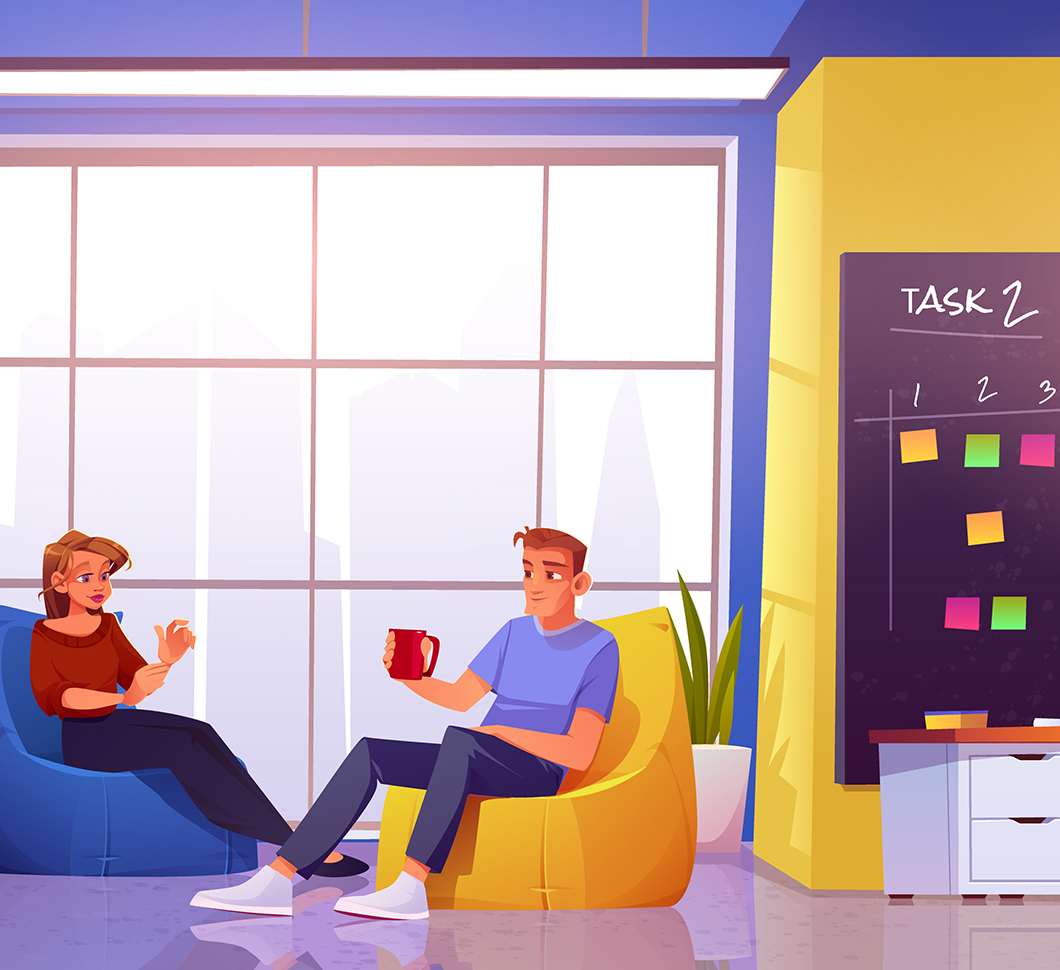 Key Trends Shaping Gamification in Recruitment for 2026 and Beyond
Key Trends Shaping Gamification in Recruitment for 2026 and Beyond  How to Create Crypto Casino Games the Right Way
How to Create Crypto Casino Games the Right Way  AI Recruitment Games: From Real-Time Assessments to Better Hiring Outcomes
AI Recruitment Games: From Real-Time Assessments to Better Hiring Outcomes  Games for Business: Proven Strategies for Engagement and Growth
Games for Business: Proven Strategies for Engagement and Growth 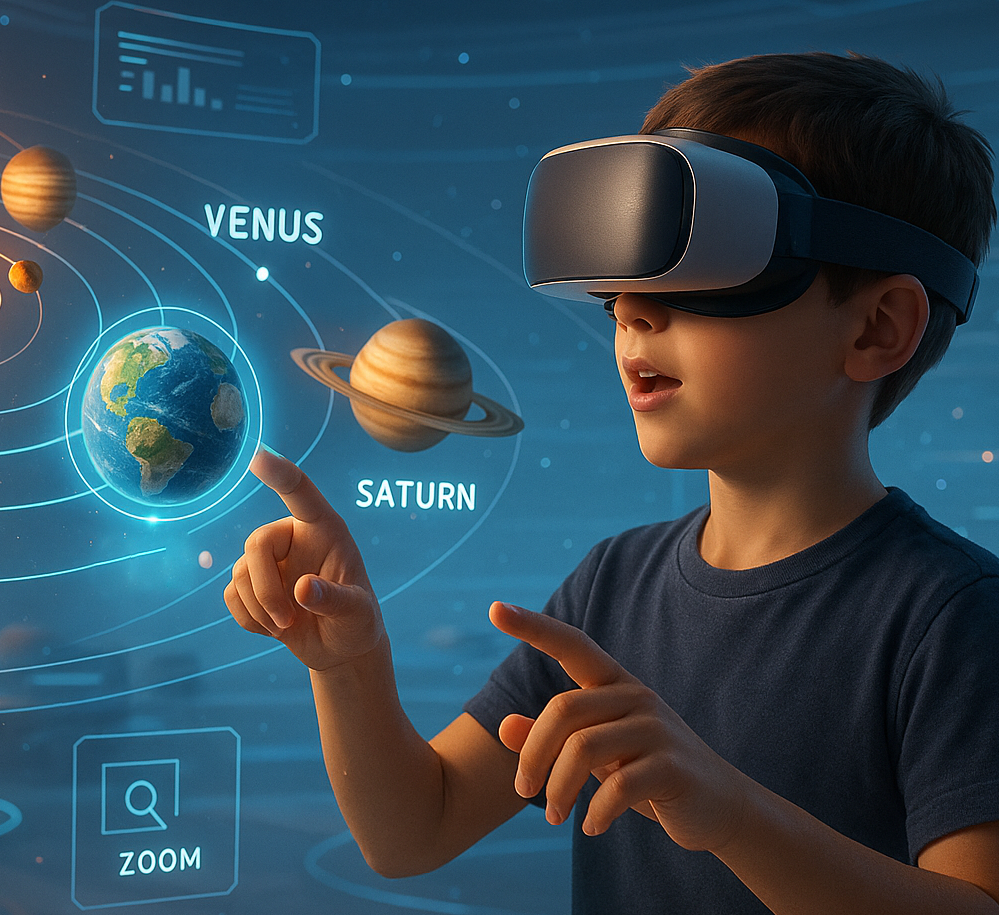 How to Design Learning Games for Kids That Teach Real-World Skills
How to Design Learning Games for Kids That Teach Real-World Skills 